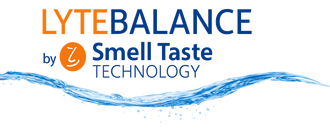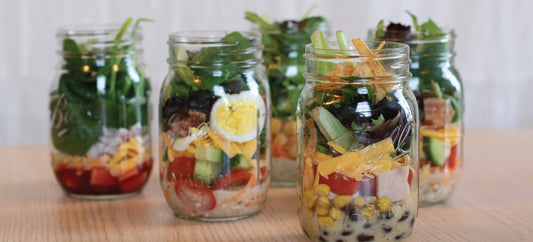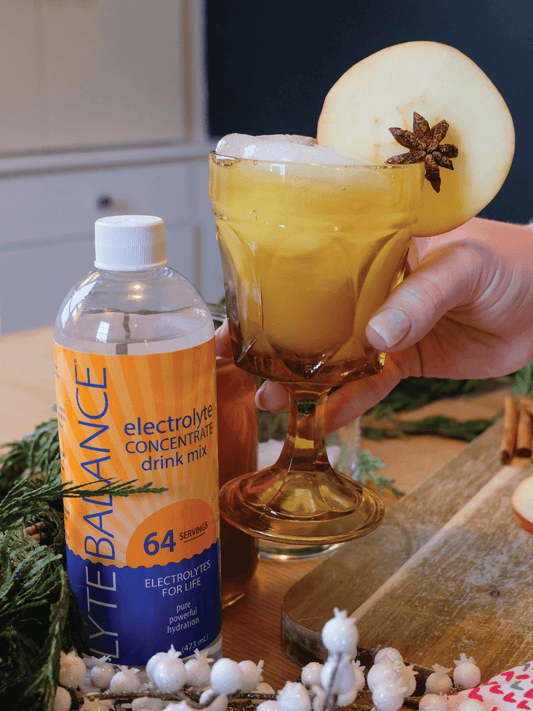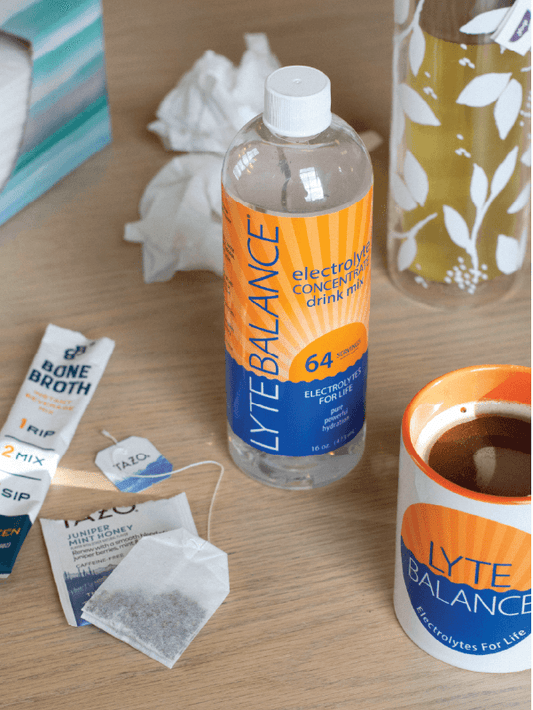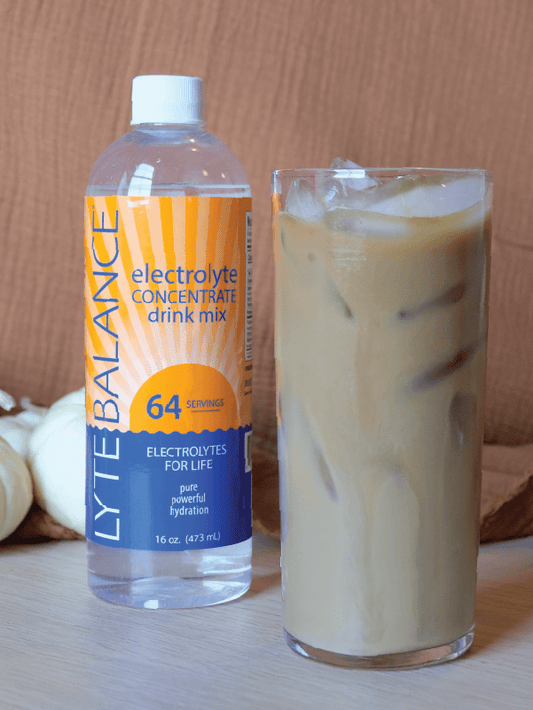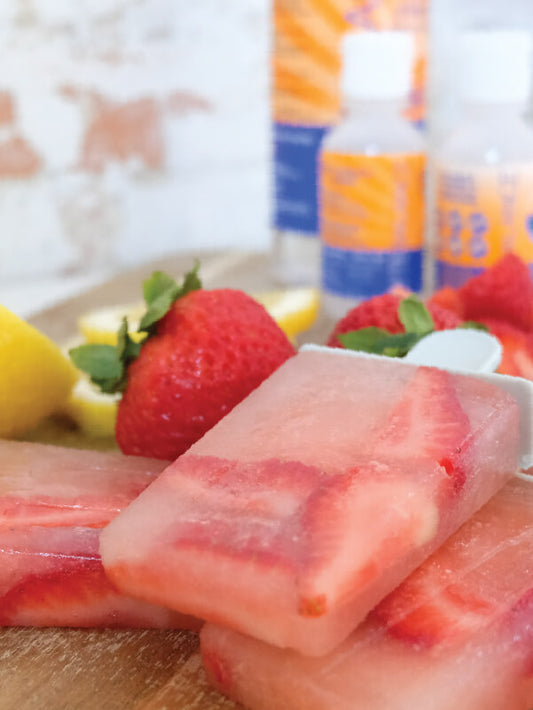
Hydration Equation
If you think hydration is about drinking water, you’re right. If you think hydration is only about drinking water, that may explain while you’re struggling with dry skin, muscle cramps, fatigue and other dehydration type issues.
Memorize this equation: Water + Electrolytes = Hydration
Electrolytes provide the electrical current that activates nerve transmissions, muscle and heart function. Electrolytes are the building blocks for hormones. They nourish bones, skin, nails and hair. They help with digestion and keep you regular. Research indicates that electrolytes impact mental health including depression and anxiety. ‘Hydrated’ hardly seems like an adequate term to describe these wide-ranging benefits from Water + Electrolytes.
Your Hydration EquationTM is personal – not a one size fits all formula. Recalibrating your equation is a matter of finding the mix of fluids and electrolytes to fit your body and life. Your body provides clues all the time about your hydration status as long as you pay attention. Your taste buds can help you navigate your way every day to the far reaching benefits of good hydration.
We get electrolytes from the fluids we drink and the food we eat. A poor or imbalanced diet, not drinking enough fluids, drinking too much water or drinking only distilled water can create electrolyte deficiencies. Exercise, sweating, drinking alcohol, eating lots of sugar and taking drugs or medications can cause dehydration and deplete electrolytes or create an electrolyte imbalance.
So how is your Hydration EquationTM? What does it look like to be hydrated? Here’s a good hydration profile: normal blood pressure, supple muscles (no cramps); soft, hydrated skin, warm hands and feet, healthy nails, daily bowel movements, sweating when hot, no reoccurring infections, normal thirst, consistent energy, clear thinking and stable emotions. If you think we’re overstating the benefits, work on your personal Hydration EquationTM and see how many of your daily common complaints clear up.
A good place to start improving your Hydration EquationTM is to become more aware of your thirst. If you’ve become accustomed to ignoring your thirst or drinking a prescribed amount of water no matter what, you may need to spend some time getting back in touch with your natural thirst response.
Eat real, whole foods like vegetables, fruits, meats, seafood and dairy that can help you get those first string electrolytes – sodium, potassium, calcium and magnesium. Salt foods to taste. Use sea or rock salts instead of table salt. Table salt is only sodium chloride. Sea or rock salt provides more of the Team Salts.
Cultivate your sense of taste to help you find the foods and fluids that will provide the nutrients YOUR body is looking for. Our taste response mirrors our body’s changing needs, altering our food and drink preferences daily according to our diet, activity and stress. Follow your preferences – water? sparkling water? milk? fruit smoothie?
You may want to consider an electrolyte supplement if your training, healing or if your hydration profile needs a lot of work. When you look for an electrolyte replacement supplement keep in mind the important concept of Team Salts. Sports drinks are made to replenish salt lost from sweating so they contain mostly sodium or a 2 to 1 ration of sodium to potassium. Sports drinks are best used on race day or a day when you’ll be sweating. Daily use of a sports drink for hydration can create an imbalance in the important sodium to potassium ratio.
Check labels and look for electrolyte replacements that have as many of the eight Team Salts as possible. Also look for formulas that contain more potassium than sodium to protect your blood pressure.
The benefits of adequate hydration may be more far-reaching than you ever imagined. If you want to improve your Hydration Equation,TM work on adding Water + Electrolytes every day for a while and see if you get better, more consistent performance and energy to play longer and recover faster.
